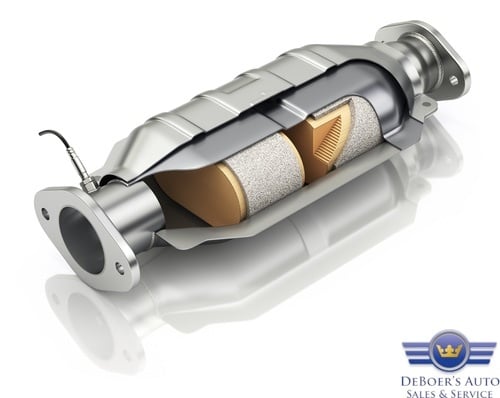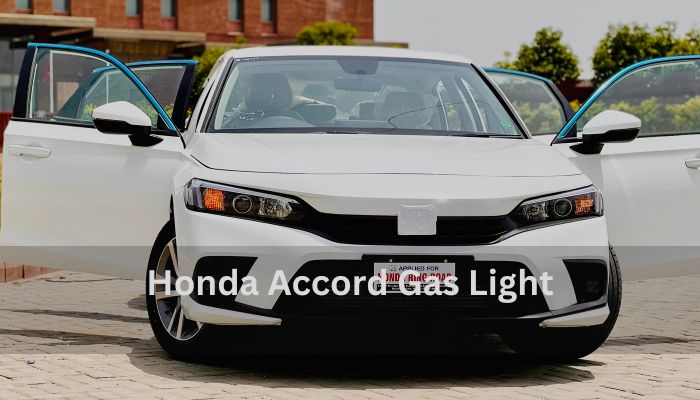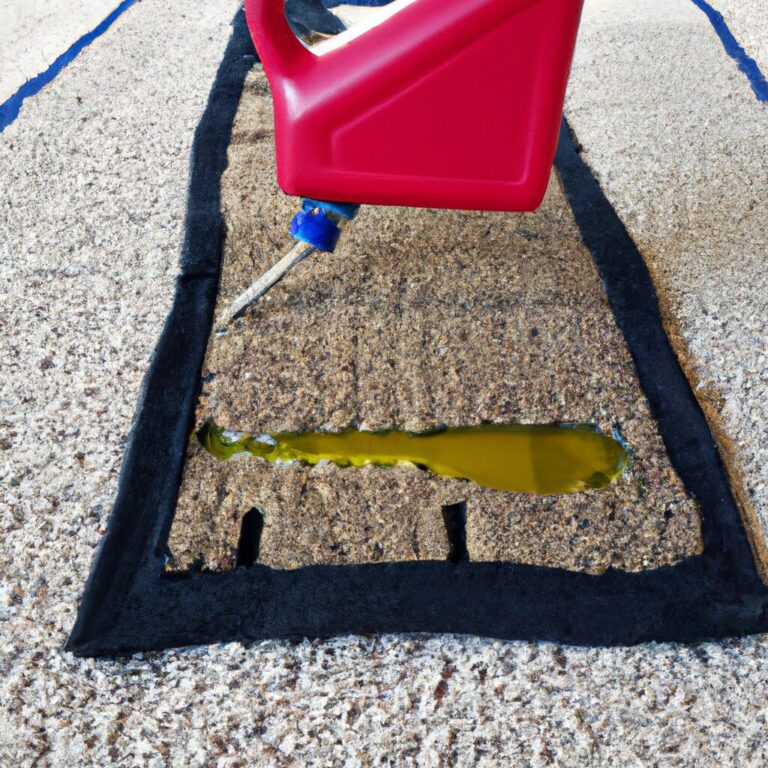Repairing Older Vehicle Catalytic Converters: Your Options
Repairing older vehicle catalytic converters involves either cleaning or replacing the unit to ensure optimal performance and emission control. Various options are available depending on the extent of the damage and budget constraints.
From DIY cleaning methods using catalytic converter cleaners to professional repair services, vehicle owners have a range of solutions to choose from. It is essential to weigh the costs, benefits, and long-term effectiveness of each option before making a decision.
Proper maintenance and timely repairs can extend the life of an older catalytic converter and help minimize environmental impact. Let’s explore the different repair options available for restoring the functionality of older vehicle catalytic converters.
The Importance Of Vehicle Catalytic Converters
When it comes to the importance of vehicle maintenance, the catalytic converter plays a vital role. It is an essential component of the vehicle’s exhaust system that helps reduce harmful emissions released into the atmosphere. Understanding the function and role it plays in emission control can help you make informed decisions about repairing older vehicle catalytic converters.
Catalytic Converter Function
The catalytic converter is designed to convert harmful pollutants in the exhaust gases into less harmful substances before they are released into the environment. It contains a catalyst, usually composed of precious metals such as platinum, palladium, and rhodium, which promotes chemical reactions.
The chemical process that takes place inside the catalytic converter includes three main reactions: oxidation, reduction, and conversion. Through oxidation, it converts carbon monoxide (CO) into carbon dioxide (CO2) and converts nitrogen oxides (NOx) into nitrogen (N2) and oxygen (O2). The reduction process converts nitrogen oxides into nitrogen and converts unburned hydrocarbons into water (H2O) and carbon dioxide.
Role In Emission Control
The catalytic converter plays a significant role in emission control. It helps reduce the amount of harmful emissions released by vehicles, including carbon monoxide, nitrogen oxides, and particulate matter. By converting these pollutants into less harmful substances, it helps protect the environment and improves air quality.
Regulations and emission standards set by government agencies mandate the use of catalytic converters in vehicles. Failure to comply with these regulations can result in various penalties. Therefore, ensuring that your vehicle’s catalytic converter is functioning properly is crucial for both environmental reasons and legal compliance.

Credit: www.nytimes.com
Signs Of Catalytic Converter Problems
Identifying issues with your catalytic converter early can save you time and money. Watch out for these common signs:
Emission Test Failures
Failing emissions tests is a clear indicator of catalytic converter issues.
Unusual Noises And Odors
Listen for strange noises and smell unusual odors from your vehicle.
Repair Options For Older Vehicle Catalytic Converters
Options for repairing older vehicle catalytic converters include professional cleaning, replacement of parts, or using aftermarket alternatives. Professional diagnosis is crucial to determine the most cost-effective solution that meets emission standards and extends the converter’s life. Regular maintenance and prompt action can help prevent costly replacements.
Repair Options for Older Vehicle Catalytic Converters If your older vehicle’s catalytic converter is showing signs of wear and tear, you have a few repair options to consider. These options range from simple cleaning methods to complete replacement. Let’s explore some common repair choices you can make for an aging catalytic converter.Catalytic Converter Cleaning
When dealing with minor buildup or clogging in your catalytic converter, cleaning the unit may be a cost-effective option. You can utilize specially formulated cleaners that break down carbon deposits and residue, restoring the converter’s efficiency.Catalytic Converter Replacement
In cases where the catalytic converter is severely damaged or malfunctioning, replacement may be the best solution. By installing a new converter, you ensure optimal emissions control and engine performance, extending the life of your vehicle. In conclusion, by considering options like cleaning or replacement for your older vehicle’s catalytic converter, you can effectively address issues and maintain your car’s environmental compliance.
Credit: news.osu.edu
Factors To Consider Before Making A Decision
Before deciding to repair older vehicle catalytic converters, there are several crucial factors to consider. These include the cost of repair, the availability of replacement parts, the expertise of the mechanic, and the overall condition of the catalytic converter.
Cost Considerations
When it comes to repairing an older vehicle’s catalytic converter, one of the first factors you’ll need to consider is the cost. Repairs can vary greatly in terms of pricing, depending on several factors such as the extent of the damage and the type of repair needed. Here are a few cost considerations to keep in mind: 1. Replacement vs. repair: In some cases, it might be more cost-effective to replace the entire catalytic converter rather than attempting a repair. Consider the extent of the damage and consult a professional to determine which option makes the most financial sense. 2. Quality of the parts: The cost of the repair can also be influenced by the quality of the replacement parts used. Higher-quality parts might come with a higher price tag, but they could also offer greater longevity and performance, potentially saving you money in the long run. 3. Labor costs: Don’t forget to factor in the cost of labor when considering repairs. Labor rates can vary depending on the repair shop or technician you choose. It’s a good idea to obtain quotes from multiple sources to ensure you’re getting a fair price. HTML syntax for the subheading:Environmental Impact
In addition to cost considerations, it’s important to think about the environmental impact of repairing an older vehicle’s catalytic converter. Here are a few points to keep in mind: 1. Emissions reduction: Catalytic converters play a vital role in reducing harmful emissions from your vehicle. Repairing or replacing a faulty converter is crucial for ensuring your vehicle continues to meet emissions standards and minimizes its impact on the environment. 2. Salvaging vs. replacing: Depending on the extent of the damage, you might be able to salvage certain parts of the catalytic converter rather than replacing the entire unit. Salvaging parts can help reduce waste and minimize the environmental footprint of the repair. 3. Proper disposal: If you do end up replacing the catalytic converter, it’s important to ensure that the old unit is disposed of properly. Catalytic converters contain valuable metals, and recycling them can help reduce the need for extracting new raw materials. By considering both the cost implications and the environmental impact, you can make an informed decision about repairing an older vehicle’s catalytic converter. Remember to consult with a professional to get an accurate assessment of the repairs needed and to explore all available options.Alternative Solutions For Catalytic Converter Issues
When encountering catalytic converter issues in older vehicles, it’s essential to explore alternative solutions that can help address the problem without breaking the bank. These options can provide a cost-effective way to improve your car’s emissions and overall performance.
Emission Control Additives
Emission control additives offer a straightforward solution for dealing with catalytic converter issues. These additives are designed to clean and unclog the converter, helping to restore its efficiency and reduce emissions. They can be easily added to the fuel or oil of your vehicle, working to break down carbon build-up and other deposits within the catalytic converter.
Aftermarket Catalytic Converters
Aftermarket catalytic converters provide an alternative to expensive factory replacements. These converters are designed to meet or exceed OEM specifications and can be a more budget-friendly option for older vehicles. However, it’s crucial to ensure that the aftermarket converter is compliant with emissions regulations in your area to avoid potential legal issues.

Credit: www.deboersauto.com
Frequently Asked Questions For Repairing Older Vehicle Catalytic Converters: Your Options
Is It Worth Replacing Catalytic Converter On Old Car?
Yes, replacing the catalytic converter on an old car is worth it to improve performance and reduce emissions.
Can A Damaged Catalytic Converter Be Repaired?
No, a damaged catalytic converter cannot be repaired. It needs to be replaced for proper functioning.
Can I Fix A Catalytic Converter Without Replacing It?
Yes, it is possible to fix a catalytic converter without replacing it. However, the success of the repair depends on the issue encountered and the extent of the damage. It is recommended to consult a professional mechanic to evaluate the converter and determine the best course of action.
What Do Mechanics Do With Old Catalytic Converters?
Mechanics recycle old catalytic converters for precious metals and prevent environmental harm. They sell the converters to recycling companies for processing.
Conclusion
Repairing older vehicle catalytic converters can be a cost-effective and environmentally friendly option. Whether you choose to replace the entire converter or opt for a less expensive repair, it’s important to consider the overall condition of your vehicle and the potential benefits.
By taking action, you can extend the life of your catalytic converter and decrease your vehicle’s emissions, ultimately contributing to a cleaner and healthier environment. Remember to consult a professional for guidance and make an informed decision based on your specific needs and circumstances.


